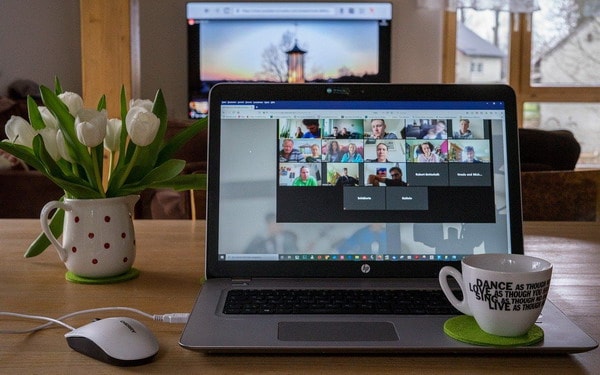Just as recently as last year, the notion of the new normal had blown everyone away, including the very concept of an everyday work schedule. It had essentially turned everyone’s notion of work and employment upside down. Fast forward to today; remote work strategies have slipped into place as close to the most ideal mode of employment, as out of necessity, industries have taken to distance based work as a way to conform to the new normal laws. Indeed, it’s been a wild ride, however life must go on. Before going into the list, it is safe to say that the onset of the pandemic has certainly influenced the current day work trends in a variety of factors. Let’s take a deeper look, shall we?
Dokodemo-Kerja is currently the best online attendance application in circulation, applying a full range of features used to flexibly increase overall employee productivity.Some of these features include Attendance & Leave Management, Task Organization, as well as Employee performance evaluation: all through just one application.
Manage Employees Easier through the Dokodemo-Kerja HRD Application. Try it now!
- Hybrid work
Throughout the world, remote work has become a staple mode of employment. However, in a variety of cases, this may have changed from a direct decree, to a choice. As direct mandates in regards to new normal laws are loosened and relaxed, people are slowly putting their boots back on and once again entering the wider public, as well as their offices. However, despite this, statistics rarely lie, and within various studies one can infer that they might be bringing the culture (or at least mindset) of remote work with them back to their places of employment. Indeed, for example, the study by Loom, titled “the state of modern work report” revealed that both managers and employees both agree that working from home was their preferred method of employment. This stat amounted to both around 66% and 64% respectively. In general, even after the supposed decline of the pandemic, workers (and managers) generally expressed positive views in regards to strategies of remote work, as around 90% of workers cling on the notion that such modes of distance based employment have indeed improved their quality of work. Further breaking down this statistic, fewer than 50% of workers think that remote work has improved their working relationships, while at the same time, over 50% said that they could concentrate better while working from their home.

- Benefits and Strange Office Perks
It’s an odd situation where, only a couple decades ago, the major trend predictions would have revolved around granting employees official office bed spaces, or even, as what happened in 2012, pool tables and special pizza parties at the workplace. Indeed, strange perks and office benefits used to be quite popular among workplace trends, sometimes getting even as weird as offering free Scuba diving certificates, as well as Botox jabs. These days, though, none of these will seem particularly attractive to prospective employees at all, regardless of how good that after hours office sponsored pizza party is!
These days, having physical office based perks are considered… less than ideal. Indeed, perks intrinsically connected to the building in which they conduct their work was a fad that has come and gone. Alternately, a survey which sought to understand the desired perks that workers sought after revealed that the benefits most sought after where things like: employee discounts, higher levels of recognition, better holidays offered, subsidized entertainment subscriptions, work from home benefits, free work place meals, as well as free Covid-19 Vaccines.
An advanced HRIS system that effectively monitors the performances and productivity of your employees. WFO or WFH? Manage both and Stay Productive with Dokodemo-Kerja!
An affordable HRIS app that increases productivity. Check it out here!
- The Great Resignation
Ever since the pandemic swept the globe, greater levels of personal evaluation have also swept the hearts and minds of workers worldwide. Indeed, it is human nature to audit the nooks and crannies of one’s own life, after experiencing a great loss, or after going through a crisis. The most typical example of this type of self-auditing is, of course, the dreaded mid-life crisis, where middle aged men and women attempt to panic-buy their youth back, through fancy piercings and Botox injections galore. However, what happens when you put the whole working world through a mid-life crisis? The result, of course, is an career based existential experience one can only define as the “great resignation.”
Indeed, this phenomenon can also be put into ink: in April of 2021 a study revealed that over 40% of 30,000 surveyed employees were thinking of completely walking away from their jobs, or switching careers within the next year.







